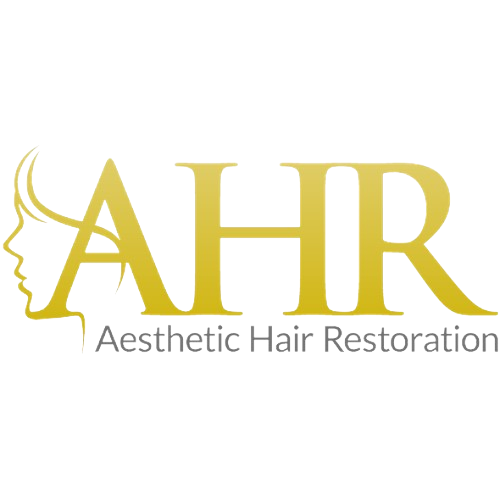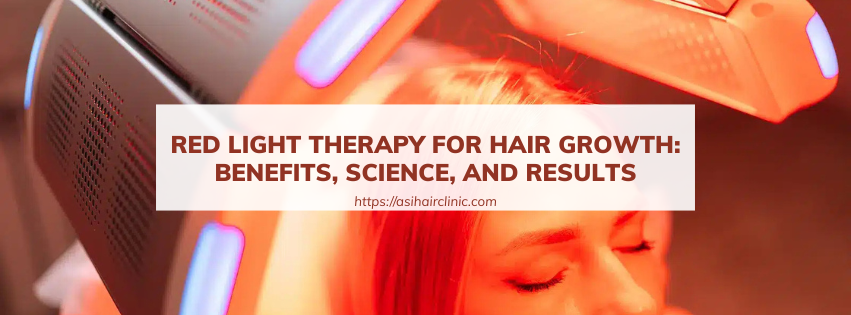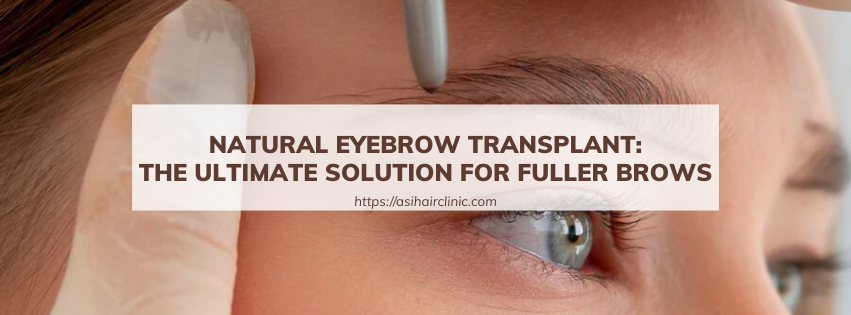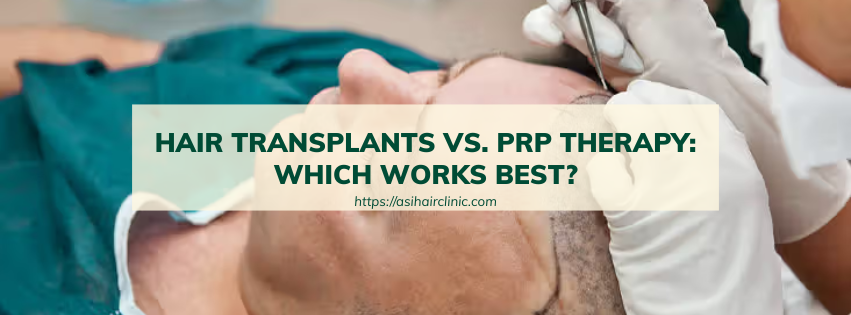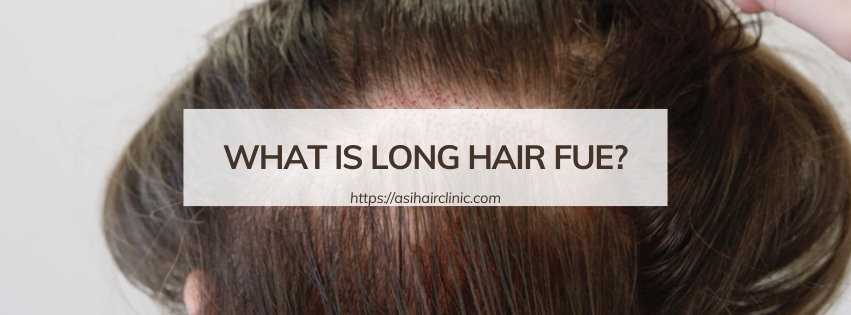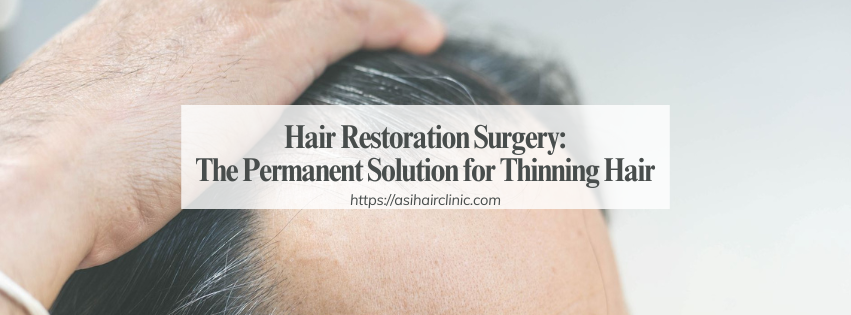PRP Hair Loss Treatment: How It Works and What to Expect
PRP Hair Loss Treatment has emerged as a revolutionary approach in the field of hair restoration. By utilizing the body’s own natural healing properties, this innovative therapy aims to stimulate hair growth and improve overall scalp health. In this article, we will explore the ins and outs of PRP Hair Loss Treatment, from understanding the science behind it to what prospective patients can expect during and after the procedure.
1. What is PRP Hair Loss Treatment?
The term PRP stands for Platelet-Rich Plasma, a component derived from blood that contains a high concentration of platelets and growth factors. These elements play a crucial role in tissue regeneration and healing. PRP Hair Loss Treatment harnesses these properties to address hair loss, particularly androgenetic alopecia, which affects millions of individuals worldwide.
Understanding how PRP works involves delving into the biology of hair follicles and the complex processes responsible for hair growth. Scientific research indicates that PRP can significantly enhance the proliferation and differentiation of hair follicle cells, ultimately promoting healthier hair growth.
1.1. Understanding Platelet-Rich Plasma (PRP)
Platelet-rich plasma is created from your own blood, making it a completely natural treatment option. The process involves drawing a small amount of blood, which is then processed to separate the plasma that is rich in platelets and growth factors.
In essence, plasma is the liquid portion of blood that carries red and white blood cells, nutrients, and waste products throughout the body. Platelets are small cell fragments critical for clotting but also contain numerous growth factors that promote healing and regeneration.
PRP is particularly effective because it is concentrated with these healing factors, making it more potent than regular blood. When injected into the scalp, PRP can reach hair follicles at the cellular level, encouraging them to re-enter the growth phase and improving hair density.
1.2. How PRP Stimulates Hair Growth
The mechanism by which PRP stimulates hair growth can be attributed to its ability to enhance blood circulation and increase the supply of essential nutrients to hair follicles. This not only revitalizes dormant hair follicles but can also prolong the growth phase of existing hairs.
Furthermore, platelets release several growth factors, including platelet-derived growth factor (PDGF) and vascular endothelial growth factor (VEGF). These growth factors contribute to the formation of new blood vessels in the scalp, enhancing oxygenation and nutrient delivery to the hair follicles.
By creating a conducive environment for hair growth and repairing damaged tissues, PRP Hair Loss Treatment has gained popularity among those seeking non-surgical options for hair restoration.
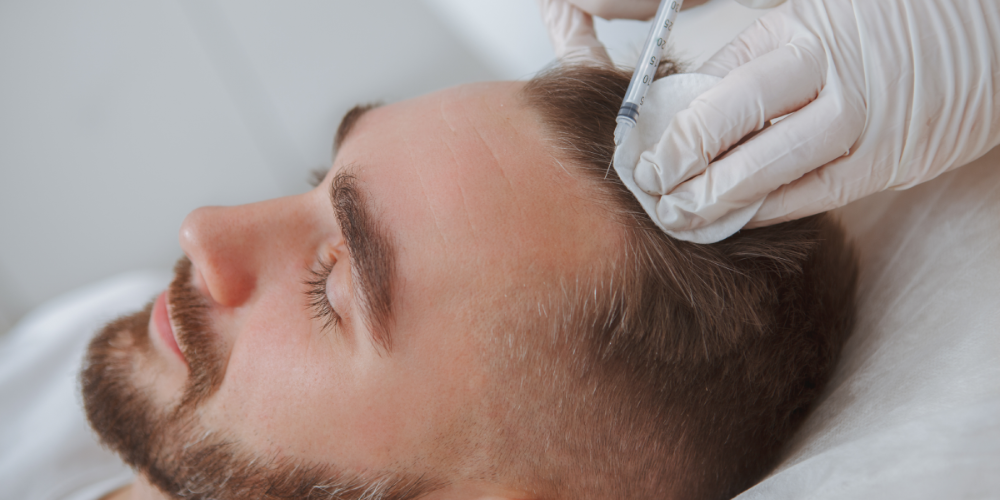
2. How Does PRP Hair Treatment Work?
Embarking on the journey of PRP Hair Loss Treatment involves several methodical steps, each designed to maximize the efficacy of the treatment while ensuring patient comfort and safety.
Before undergoing the treatment, it’s essential to consult with a qualified specialist who will assess your individual needs and determine whether PRP is the right solution for you.
2.1. Step 1 - Blood Collection and Preparation
The first step in the PRP hair treatment process is blood collection. A healthcare professional will draw a small vial of blood, typically from the arm. This process is similar to a standard blood test and takes just a few minutes.
Once collected, the blood is prepared for processing. A centrifuge-a machine that spins the blood at high speeds-is used to separate the different components of the blood based on their densities. As the blood spins, it separates into layers: red blood cells, white blood cells, and plasma, which is rich in platelets.
2.2. Step 2 - Centrifugation Process
Centrifugation is a critical element in PRP preparation. The spinning action causes the heavier components of the blood, such as red blood cells, to settle at the bottom, allowing the lighter platelet-rich plasma to rise to the top.
Once centrifugation is complete, technicians extract the platelet-rich plasma, leaving behind red blood cells and other unwanted components. It’s this concentrated plasma that holds the growth factors essential for stimulating hair follicles.
The quality and concentration of PRP can vary depending on the individual and the technique used, so it’s important to have an experienced practitioner overseeing the process to ensure optimal results.
2.3. Step 3 - PRP Injection into the Scalp
After preparing the PRP, the next step involves injecting it directly into areas of the scalp experiencing hair thinning or loss. This is typically done using a fine needle to minimize discomfort.
Before the injections begin, local anesthesia may be applied to ensure the process is as pain-free as possible. The practitioner will carefully inject the PRP into specific sites on the scalp to target the affected hair follicles.
Patients may feel slight pressure or a pinching sensation during the injections, but the overall procedure is relatively quick, often taking about 30-60 minutes.
3. Who is a Good Candidate for PRP Hair Therapy?
As with any medical treatment, determining candidacy for PRP Hair Loss Treatment requires a thorough evaluation. Not everyone experiences hair loss in the same way, and factors such as age, type of hair loss, and overall health play vital roles in achieving the desired outcomes.
3.1. Best Candidates for PRP Treatment
Individuals with early-stage hair loss or thinning often respond best to PRP treatments. Candidates typically include men and women suffering from androgenetic alopecia, also known as male or female pattern baldness.
Moreover, those looking for a natural, non-invasive approach to hair restoration are ideal candidates for PRP. Since the treatment utilizes the patient’s own biological material, the risk of allergic reactions or complications is minimal.
It's also important for candidates to have realistic expectations. While PRP can significantly enhance hair growth, it may not work for everyone, especially for individuals with advanced hair loss or complete baldness.
3.2. Who Should Avoid PRP Therapy?
While PRP offers promising benefits, certain groups should exercise caution or avoid the treatment altogether. Individuals with specific medical conditions, such as blood disorders or autoimmune diseases, may not be suitable candidates.
Additionally, pregnant or nursing women, individuals with active infections in the scalp, or those on anticoagulant medications should consult their healthcare provider before proceeding with PRP therapy.
A comprehensive discussion with a qualified practitioner can help clarify whether PRP is the right choice based on personal health history and goals.
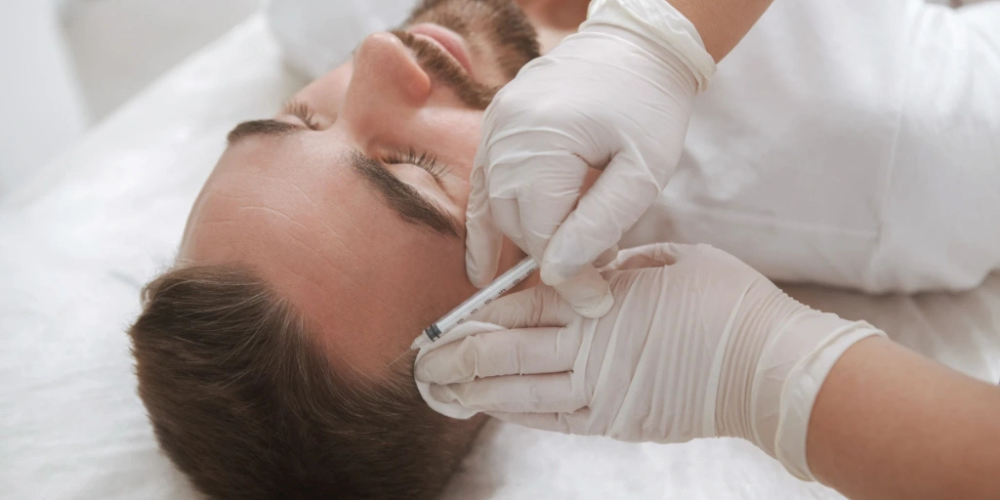
4. What to Expect Before, During, and After PRP Treatment
Understanding what to anticipate at each stage of the PRP process can alleviate anxiety and enhance the overall experience.
4.1. Pre-Treatment Preparations
Prior to undergoing PRP therapy, patients may be advised to make specific preparations. This could include avoiding blood thinners like aspirin or ibuprofen for several days before the treatment, as these can affect blood clotting and platelet function.
Additionally, staying hydrated and maintaining a well-balanced diet can optimize results. Some practitioners recommend avoiding alcohol and smoking for a period leading up to the treatment to promote better healing.
Consulting with your physician about any ongoing medications or supplements is also crucial to ensure a safe and effective treatment.
4.2. What Happens During the PRP Procedure?
During the PRP session itself, the atmosphere is typically calm and reassuring. Patients are often seated comfortably, and the doctor will explain each step of the process, addressing any concerns that arise.
Once the blood is drawn and the PRP is prepared, the practitioner may apply topical numbing cream to the scalp to enhance comfort during injections.
Injecting PRP into the targeted areas of the scalp is performed methodically, and while some patients may experience mild discomfort, most find the process tolerable.
4.3. Post-Treatment Care and Recovery
Following the PRP injections, patients are usually free to resume normal activities immediately. However, some might experience slight redness, swelling, or tenderness at the injection sites, which typically subsides within a few hours to a few days.
Post-treatment care is important for achieving the best results. Patients may receive instructions to avoid washing their hair or applying any hair products for 24-48 hours. Additionally, avoiding strenuous exercise or excessive sun exposure for a short time can minimize potential complications.
Practitioners often schedule follow-up appointments to monitor progress and determine if additional sessions are needed.
5. How Effective is PRP for Hair Loss?
The effectiveness of PRP Hair Loss Treatment has become a subject of interest among researchers and medical professionals alike. Numerous studies have aimed to evaluate its impact on hair regrowth and overall hair density.
5.1. Scientific Studies and Research on PRP for Hair Growth
Research indicates that PRP can lead to significant improvements in hair density and thickness over time. Several clinical trials have reported positive outcomes, with many participants experiencing noticeable regrowth within a few months after treatment.
One study revealed that nearly 80% of participants noted improvements in hair count and thickness six months following PRP treatment. Such findings suggest that PRP could serve as an effective adjunct to traditional hair restoration methods.
However, it is essential to consider that results can vary widely based on individual factors, including the extent of hair loss, the patient's overall health, and the number of treatments administered.
5.2. PRP Hair Treatment Before and After Results
Before and after photos provide compelling evidence of PRP's effectiveness for hair loss. Many patients report visibly thicker hair and improved overall appearance post-treatment. These transformations can boost self-confidence and well-being.
While results may take time to manifest-typically a few months-patients often express satisfaction with the gradual improvement they witness. It's crucial for individuals considering PRP therapy to maintain realistic expectations and understand that optimal results may require multiple treatment sessions.
It’s worth noting that while PRP is an exciting advancement in hair restoration, it is not a one-size-fits-all solution, and ongoing maintenance may be necessary to sustain results.
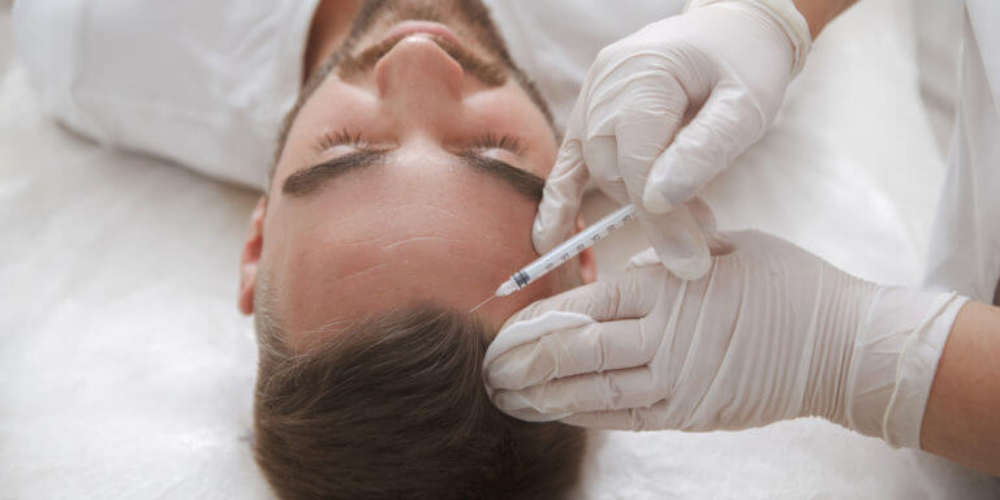
6. How Many PRP Sessions Are Needed for Hair Regrowth?
Determining the number of PRP sessions required for optimal hair regrowth varies significantly between individuals based on personal goals and hair loss severity.
6.1. Typical PRP Treatment Plan
Most practitioners recommend an initial series of treatments spaced about four to six weeks apart. Generally, patients undergo three to five sessions in the first year to establish a foundation for hair growth.
After this initial phase, maintenance treatments can be scheduled every few months to sustain the effects. Regular follow-up appointments enable practitioners to monitor progress and adjust treatment plans accordingly.
Individual goals and hair loss patterns will dictate the exact timeline, so personalized assessment is essential for effective planning.
6.2. How Long Do PRP Results Last?
The longevity of PRP results can vary greatly among patients. Factors such as lifestyle, genetics, and overall hair health all contribute to how long the benefits may persist.
Generally, many patients report that the results of PRP treatment can last anywhere from six months to a year, depending on the frequency and consistency of maintenance sessions.
As hair continues to grow and regenerate, it’s important to stay committed to ongoing treatments to maintain the best possible outcomes.
7. PRP Hair Treatment Side Effects and Risks
Although PRP therapy is considered relatively safe due to its use of autologous material (the patient’s own blood), it is not entirely devoid of risks or side effects.
7.1. Common Side Effects
Some common side effects associated with PRP Hair Loss Treatment may include minor discomfort, swelling, or bruising at the injection sites. These effects are typically temporary and resolve quickly.
However, there is always a potential risk of infection, nerve injury, or allergic reactions, albeit rare. Patients should remain vigilant about any unusual symptoms following their treatment and communicate openly with their healthcare provider.
7.2. How to Minimize Risks
To minimize risks associated with PRP therapy, selecting a qualified and experienced practitioner is paramount. A skilled professional will follow strict protocols to ensure patient safety and achieve optimal results.
Patients should also adhere to pre-treatment guidelines and aftercare instructions provided by their healthcare provider. Maintaining open communication with your practitioner regarding any allergies or medical conditions can further reduce the likelihood of complications.
8. PRP vs. Other Hair Loss Treatments: Which One is Right for You?
With a multitude of hair loss treatment options available, understanding the unique advantages and limitations of PRP compared to alternative therapies is vital for informed decision-making.
8.1. PRP vs. Hair Transplant Surgery
Hair transplant surgery is a more invasive option that involves relocating hair follicles from one area of the scalp to another. While this procedure can yield dramatic results, it may not be suitable for all patients due to cost, recovery time, and potential complications.
In contrast, PRP is non-invasive and requires no downtime, making it an appealing choice for those seeking a less intrusive solution. However, PRP may not be as effective for individuals with extensive baldness where hair transplant surgery could provide more immediate and substantial results.
Ultimately, the selection between PRP and surgical options should be guided by individual circumstances, preferences, and consultation with a knowledgeable specialist.
8.2. PRP vs. Minoxidil and Finasteride
Minoxidil and finasteride are two commonly prescribed medications for hair loss. Minoxidil, available over-the-counter, promotes blood flow to hair follicles, while finasteride reduces hormone levels linked to hair loss.
While both medications can effectively combat hair thinning, they may come with potential side effects and require ongoing usage to maintain results. PRP presents a natural alternative that utilizes the body’s regenerative properties without the need for daily medication.
Patients should weigh the pros and cons of each option in consultation with their healthcare provider to determine which treatment aligns best with their lifestyle and hair restoration goals.
8.3. PRP vs. Low-Level Laser Therapy (LLLT)
Low-Level Laser Therapy (LLLT) is another emerging treatment option for hair loss. This technology uses laser light to stimulate hair follicles and promote hair growth.
Unlike PRP, LLLT does not involve injections and can be administered via handheld devices or full-cap units. While LLLT shows promise in increasing hair density, the results may not be as pronounced as those achieved with PRP.
As advancements in hair loss treatments continue to evolve, individuals considering these options should evaluate the latest research to ascertain the most effective course of action tailored to their specific needs.
Conclusion
PRP Hair Loss Treatment represents a groundbreaking approach to combating hair loss, leveraging the body’s natural healing capabilities for rejuvenation and hair restoration. Through a comprehensive understanding of the process, candidates can navigate their options with confidence.
While PRP may not be suitable for everyone, its non-invasive nature, minimal risks, and promising results make it an appealing choice for many individuals facing hair loss challenges. Consulting with a qualified specialist can help ensure that patients make informed decisions tailored to their unique needs and aspirations. With time and commitment, PRP may hold the key to unlocking a fuller head of hair and renewed self-esteem.
LATEST POSTS
